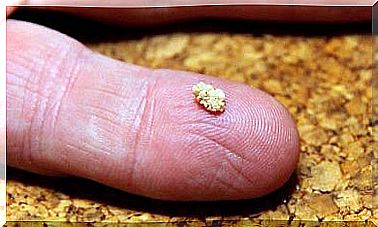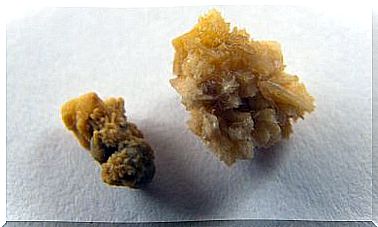What Is Plantar Fasciitis?
Plantar fasciitis is inflammation of the plantar fascia that causes pain in the heel
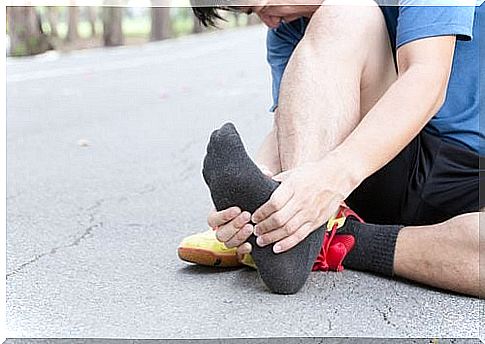
What is plantar fasciitis?
Plantar fasciitis is inflammation of the plantar fascia of the foot. The fascia is a band that connects the heel bone with the toe bone and widens and contracts again with every step like a rubber band.
The plantar fascia, also called aponeurosis plantaris, is a very wide and thick tissue, as it has to withstand an enormous amount of pressure and tension.
Inflammation causes pain in the heel area, which is one of the most common in this region of the body.
Risk factors
- Sports with repetitive movements
- Overpronation of the foot (the foot kinks inwards)
- Diseases like arthritis and diabetes
- Wrong footwear
- Flat foot
- Advanced age
- Obesity
- Hormone fluctuations
How does plantar fasciitis appear?
The increased stress on the plantar fascia causes microtraumas in the tissue.
This repeatedly creates microcracks in this area, which ultimately trigger the inflammation in this ligament and pain in the heel.
The symptoms are therefore chronic, as the disease does not appear suddenly, but rather through the repeated occurrence of injuries.
Causes of Plantar Fasciitis
Injuries to the fascia can result from many different causes . This includes external influences, posture and genetic factors.
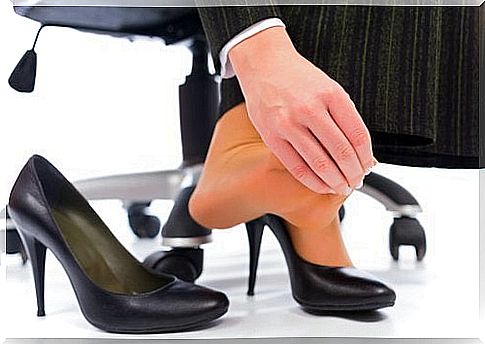
The factors that increase the pain enormously include: the use of the wrong footwear, poor posture, overuse of this area of the body, insufficient flexibility of the surrounding muscles and overpronation of the foot.
Heavy physical strain
Excessive physical exertion is one of the main causes of plantar fasciitis . Sports activities such as running or jumping over a long period of time strain the fascia.
This is not able to withstand so much pressure and eventually tears.
In addition, changes in the exercise routine without an adequate adjustment process can cause more severe injuries that are accompanied by severe pain.
Anatomy of the foot
Various anatomical structures associated with the gait can overload the plantar fascia.
The Achilles tendon is a ligament that extends from the gastrocnemius muscle, also known as the twin calf muscle, through the soleus muscle to the heel bone.
The contraction of the Achilles tendon increases the pressure in the heel bone and eventually the pressure in the plantar fascia.
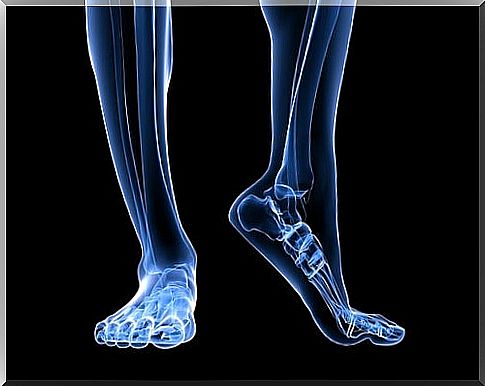
Another factor influencing the anatomical structure is the shape in which the foot touches the ground.
Flat feet or feet that are prone to overpronation often cause overstretching of the plantar fascia. Due to the increased pressure in the tissue, tears occur more frequently.
Conditions related to plantar fasciitis
Arthritis and diabetes are both diseases that increase the risk of plantar fasciitis. Both can cause inflammation of the Achilles tendon.
People of advanced age often suffer from this disease as a result of arthritis or diabetes.
Footwear
In many cases people wear the wrong shoes. Often the sole of the shoe does not support the foot sufficiently or the weight of the body is not sufficiently cushioned.
Constant wearing of unsuitable footwear can cause plantar fasciitis and other injuries to the foot. High-heeled shoes are the greatest enemy of a healthy foot.
Characteristics of pain
- Greater pain in the morning
- Chronic
- Stinging or burning
- Progressive
Usually the pain is strongest in the morning because the foot is still at night. As soon as the tissue stretches and warms up, the pain subsides.

Plantar fasciitis is often related to heel spurs, which, however, does not necessarily have to be a symptom.
If the fasciitis is not treated properly over a long period of time, the person’s gait can change and lead to other symptoms, such as pain in the knee, back or neck.
Treatment of plantar fasciitis
- physical therapy
- N ichtsteroidalen anti-inflammatory drugs ( NSAIDs )
- Appropriate footwear
- Corticosteroids
- Orthopedic insoles
- Functional associations
- Orthosis
Exercise should be avoided during treatment as it can worsen the disease. However, stretches of the gastrocnemius and soleus muscles can be performed during the day.
Sometimes the use of a plaster cast is also recommended during rest periods and during the night to keep the fascia stiff.
In severe cases of the disease, electroshock therapy or surgery may be necessary. An operation can provide relief, especially for chronic, severe pain.
Recovery time can vary from patient to patient.


